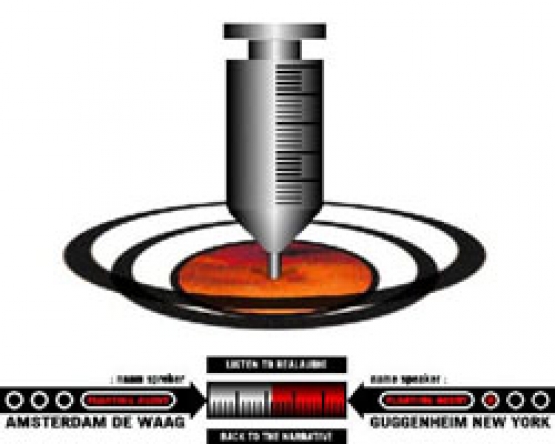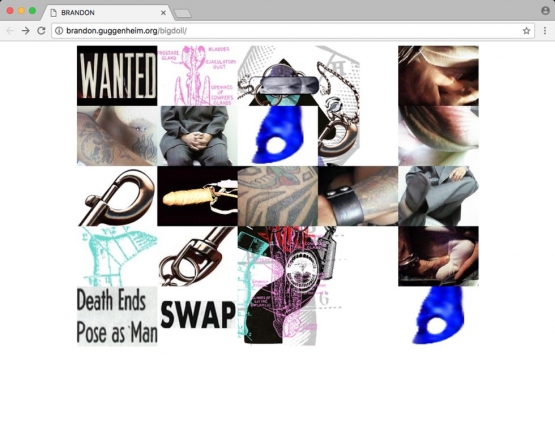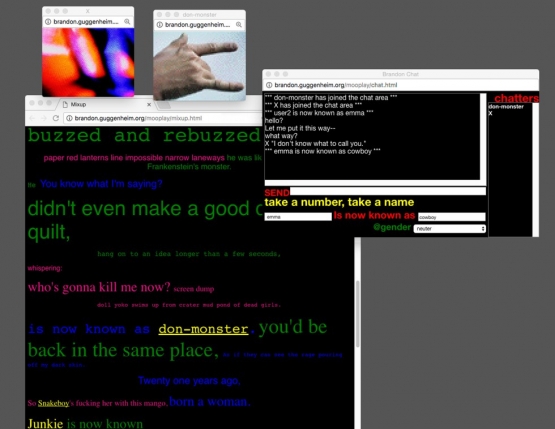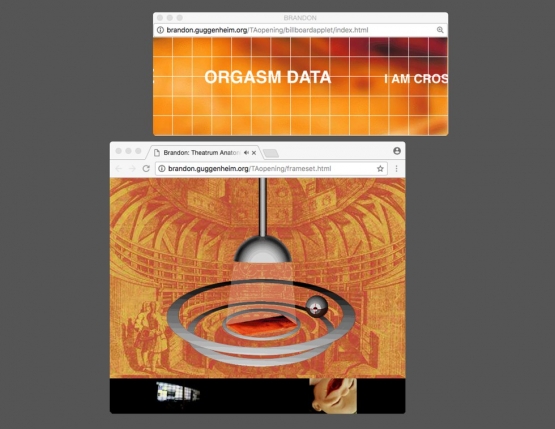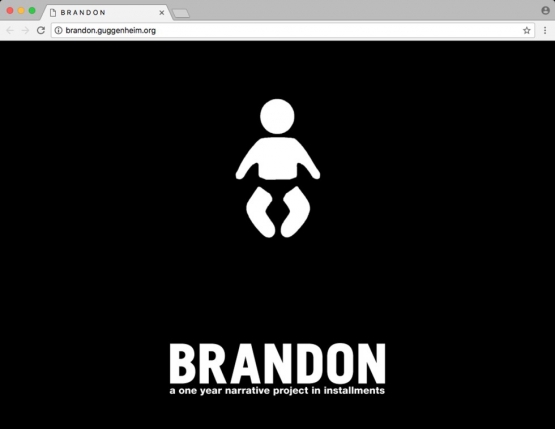Restored between 2016 and 2017, by the Guggenheim Museum, BRANDON is a web narrative exploring issues of gender fusion and techno-body in both public space and cyberspace.
Considered as a landmark work of the Internet Art, it derives its title from Brandon Teena (Nebraska, USA), a young Nebraska trans man who was brutalized and murdered in 1993 after his female anatomy was revealed. Through the multi layered structure – contributed by an everlasting multi author upload system – it deploys Brandon into cyberspace through rhizomatic narratives, images and documents whose trajectory leads to issues of crime and punishment highlighting the persistence of gender-based oppression of the online, socially constructed body in the seemingly liberatory context of the net.
In 1998, on the early days of the Internet, and envisioning the extension of the museum into the virtual space, Guggenheim’s Associate Curator for Research Matthew Drutt helped realize this project that would become one of the first three web artworks to be part of the museum’s permanent collection.
Programmed between 1996 and 1997 it aimed at being a one-year narrative, unfolded by episodes, structured into four interfaces, each one designed for artists’ participation and collaboration. During 1998 and 1999 guest curators were invited to select other artists and writers to contribute additional uploads for each of these interfaces, and a direct connection was launched between Amsterdam’s Theatrum Anatomicum (DeWagg, Society for Old and New Media) and The Guggenheim Museum in Soho, where the piece was shown regularly and on scheduled hours on a videowall, hosting live interactions between the two places.
Following Cheang’s aesthetics of non-linear narratives, the project unfolded within the interfaces, collaborative platforms intertwined between each other: bigdoll, roadtrip, mooplay, panopticon and Theatrum Anatomicum interface. Its non-conformative structure, initially planned to exist online soon became a space in itself, including live events where audiences could engage in discussions about gender and racial identity.
Travelling from one server to another and facing the technological evolution, BRANDON started to become inaccessible by no longer being in accordance with the transformation of browsers and server environments, causing the malfunctioning of its content. After careful examination and with detailed understanding of the intended behavior of the original artwork, Guggenheim’s conservation department approached Shu Lea Cheang with a restoration strategy.
Its full restoration was launched in December 2016 coinciding with its inclusion in the Rhizome’s Net Art Anthology project, an online two-year exhibition aiming at identifying, preserving and presenting one hundred seminal artworks from net art history.
BRANDON at its core continues to represent the rhizomatic nature of the concept of queer embracing within itself a multiplicity of significance. Its fragmented, participatory and non-linear structure, after two decades, resonates with the growing complexity surrounding LGBTQ+ discourse.



